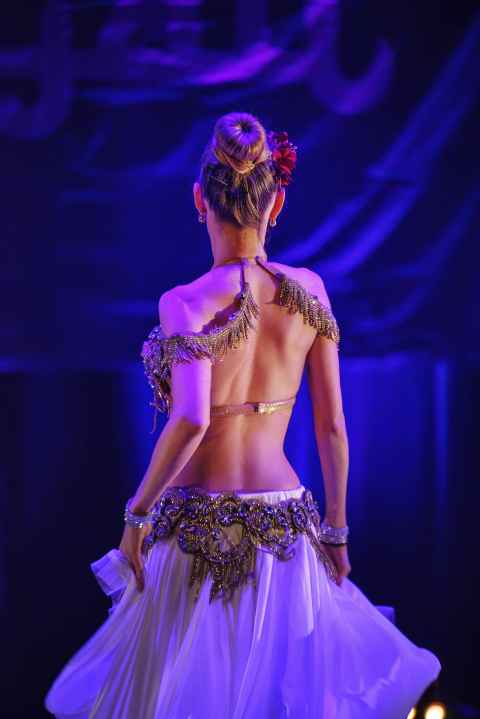Generative AI in art is a firehose of clichés. But I have been positively surprised by its use in photography post-processing.
It was with some skepticism that I downloaded demos of Topaz Labs Denoise AI[a] and ran it on some of my dance performance photos. The skepticism didn't last. This was a tool I could really use.
A constant problem in photography is to capture enough light to produce a detailed image instead of a sea of noise. Simply put, the darker the subject, the worse the photo. In order to gather more light sensors have grown their light-gathering area, with individual photosites becoming bigger, and cameras going from cheaper "cropped" sensors to expensive full-frame sensors. Lenses have also gone from cheap to expensive large-aperture beasts that can take in as much light as possible. While a modern full-frame sensor is more than twice as good as the cameras of twenty years ago, development has more or less stalled. In particular, the quantum efficiency of the sensors is so good that we can only hope for a halving of the noise (one stop of light gathering) before there just aren't any more photons to sense.
Personally I suffered from this when photographing dance. It's dark, and the shutter speed must be kept high due to the movement of the dancers. I would agonize over whether to go to a lower ISO and have a slightly slower shutter speed or stay at high ISO with a fast shutter. Buying more expensive gear wasn't a realistic way forward - after upgrading to a full-frame camera with f/2.8 lenses I was about as capable of low-light photography as I'd ever be.
In comes AI de-noising.
To summarize: I'm no longer worried about high ISOs. I leave it at the ISO-less level for my camera (ISO 640), set the shutter to whatever I need to freeze movement, and just have at it.
OriginalDenoise AI
That was ISO 640 and I had to brighten the exposure by 1.4 stops in post which makes it approximately ISO 1600, but the AI-denoised version looks like ISO 100 to me. That's four stops of improvement or eight times what we can in theory get out of improved sensors.
But what about getting a better camera? I have a Nikon D600 (2012) that I bought used for $500. The champion for low light is the $4300 (used) Canon EOS R3 (2021). The former is rated by DxOMark as good up to ISO 2980, the latter up to ISO 4086. That's $3900 to improve low light sensitivity by half a stop. I doubt the difference can be seen.
Compare that to Topaz Denoise AI which gives you four stops of noise reduction for $80. That's almost fifty times cheaper! I can't think of anything that is more cost effective. And as a bonus, you can go back and reprocess old photos. Shots that were close-but-not-perfect can now get that final touch-up they've been waiting for.
Here are some more examples. They were all shot at ISO 640 with a Nikon D600, and processed with the "low light" auto setting in Denoise AI.

Belly dance solo by Agnes Gagge
Choreography: Agnes Gagge
Layali Dance Academy Student Show, Spring 2023
2023-05-16 19:40

Belly dance level 4, fan veils + tabla solo
Choreography: Anastasia Sirzén
Layali Dance Academy Student Show, Spring 2023
2023-05-16 19:45

Layali Show Group[a]
Choreography: Layali Show Group
Layali Dance Academy Student Show, Spring 2023
2023-05-16 20:56

Layali Show Group[a]
Choreography: Layali Show Group
Layali Dance Academy Student Show, Spring 2023
2023-05-16 20:56

Parvaz Dance Ensemble[a]
Persian Dance
Choreography: Agnes Gagge
Layali Dance Academy Student Show, Autumn 2022
2022-12-13 19:51

Parvaz Dance Ensemble[a]
Persian Dance
Choreography: Agnes Gagge
Layali Dance Academy Student Show, Autumn 2022
2022-12-13 19:55
